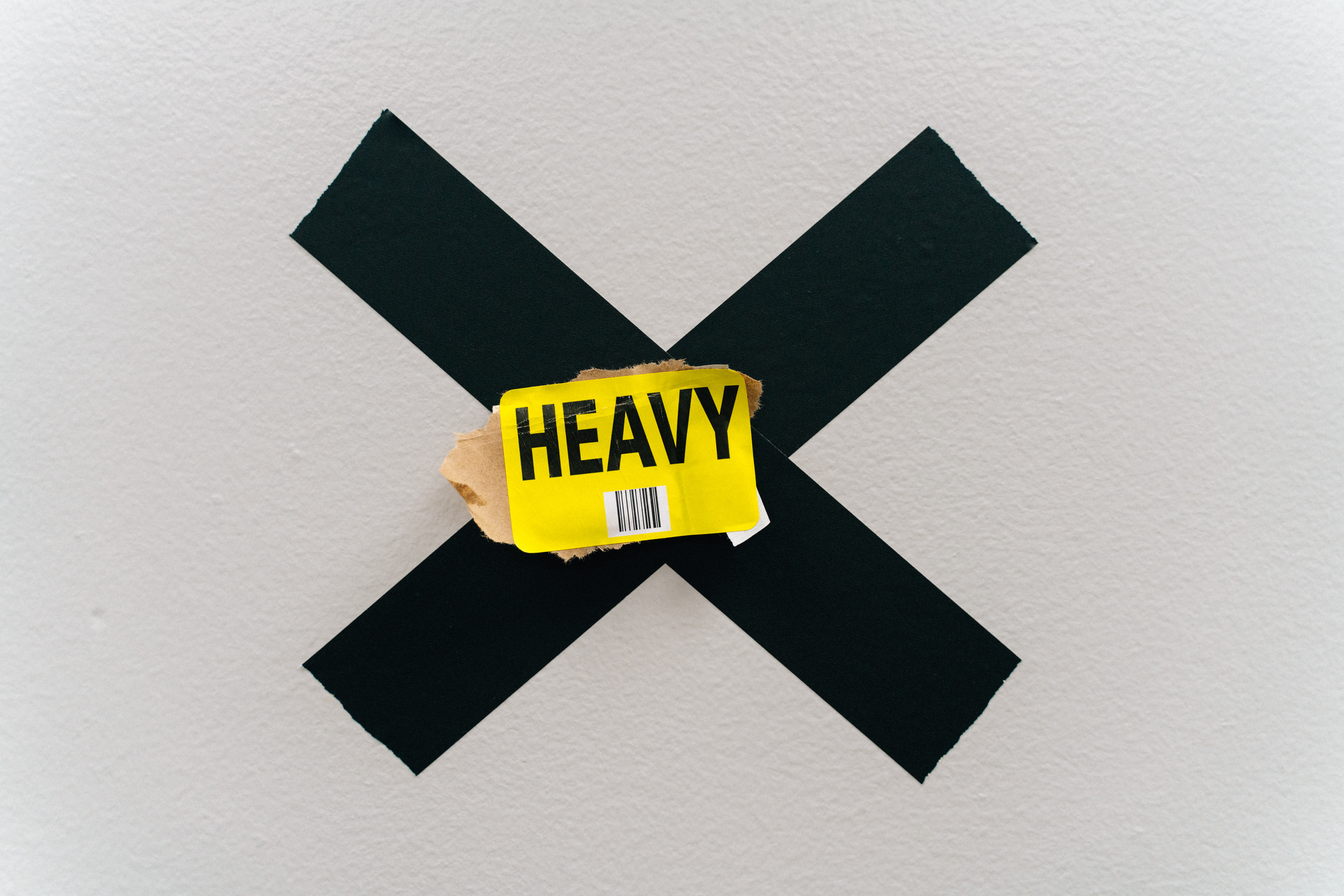If you aren’t accustomed to moving furniture or heavy objects and you do this repeatedly you likely increase your risk of experiencing some lower back pain, stiffness, or discomfort afterwards.
This is not a guarantee of course as every person is different. Some will develop pain, others will not.
In this article i’ll be answering the question of “why does your lower back hurt after moving furniture,” a couple things you can do to improve it and reduce your risk of it happening again in the future.
Join our free lower back pain support community here to get even more information of how to improve faster (if possible).
Here’s an article that might give you some more insight into why you keep having back spasms.
What Helps With Lower Back Pain After Moving Furniture?

It’s important to note that most back pain resolves after 2-6 weeks, gradually. The best thing to do is to not panic, give it time, and in the interim, stay active. You can stay active with these types of movements
Step 1: Go through this article that I wrote. It’s a step-by-step plan of how to select the right exercises if you have lower back pain.
Step 2: Walking. If you’re able to walk, and walking feels good or it doesn’t seem to make symptoms worse, it is encouraged to continue walking and being as active as you can to help keep your body warmed up.
Step 3: Once you’ve selected the right stretching type exercise, and you’ve decided that you should or shouldn’t be walking based on symptoms, it’s important to start implementing a strength training routine into your weekly routine.
As we will discuss in the next section, often times this pain comes on due to deconditioning (this is my opinion). Yes, there are strong people who also get back pain after lifting heavier objects, however I would posit that people who routinely lift heavy weights, have a much lower chance of developing a backache when they need to move furniture.
This is just my observation from my time in the clinic treating patients. There is also some research to suggest that stronger people (measured in athletes) tend to have less injuries overall.
Why does my lower back hurt after picking up something heavy?

This is the question of the hour.
If you routinely lift heavy things and your back muscles and other structures are accustomed to this, then it’s likely that you just in an awkward position and your body wasn’t used to that, or, it was just a random occurrence.
If this is a one time thing and doesn’t become a recurrent issue every couple of months and it gets better, I wouldn’t concern yourself too much with it.
Now, if you don’t routinely lift heavy weights as part of your routine, you find yourself constantly reaggravating symptoms or having flare-ups every couple of months after moving some heavier things, then I would say you should pay closer attention and address this.
If you were my client I would start you on a strength training program that would include exercises such as bent over rows, deadlifts, goodmornings, and supermans. I’ll link to a basic strength training program aimed to prevent recurrent low back pain, here, once I have it made.
In any routine, it’s important to make sure you
In the meantime, you can join my free facebook group where I go live once a week and provide tips and tricks of how to improve faster (if possible).
How do you tell if lower back pain is related to a strained muscle or an intervertebral disc issue?

The only time you would need to worry about a disc issue is if you had a large herniation that is causing numbness, weakness, and tingling down the leg or both legs, or if you are having significant bowel and bladder changes.
To tell the difference between a “disc issue,” versus a muscle strain is not really possible to do with our current technology. They can often times feel the same.
And, in most cases i’m going to treat them the same.
Ultimately the thing that is going to dictate treatment the most is what your symptoms are and what movements, activities, and exercises make them feel better.
Treatment is not decided, in this case, by what is the source of the issue, but rather how you respond to treatment. I hope that makes sense!
If you need some help with this and haven’t been able to help yourself please request a consultation by tapping, here. Once you’ve tapped or clicked that link you’ll be brought to our free consult page.

